
You probably already have a clear-cut picture of Portugal, right? Walking through Lisbon’s hills, or maybe catching the famous yellow trams with a custard tart in hand, while a singer melancholically sings a Fado song on the corner. Maybe you’re admiring the Douro River atop the Luís I Bridge, getting ready to hop on a boat tour that will take you to an amazing Port wine experience in the Douro Valley. Perhaps, you’re lounging on the Algarve’s sunny beaches with the waves softly lapping at the shore.
While this is an extremely valid image of Portugal, it won’t surprise anyone if they ask you about Portugal. Whether you’re looking to know more about Portugal, sharpening up your knowledge before moving, or even just looking for random topics or interesting facts about Portugal to make small talk with the Portuguese locals or to share with your friends and family, you have come to the right place.
Here is Portugal Homes’ list of interesting facts about Portugal:
1. Portugal became a Country because of a Disagreement between Mother and Son
There is more to the story than just the title, but that is how Portugal, essentially, came to exist. Before becoming sovereign, Portugal was a vassal county under the Kingdom of León and Castille (which would later become parts of Spain). Upon the death of Henry, the Count of Portugal, his wife, Theresa, took control of the County on behalf of Henry’s son and successor, Afonso. As the fervour for independence from León and Castille grew, Theresa allied herself with Galician forces to wrestle control and obtain sovereignty.
However, Teresa’s son, Afonso Henriques, disagreed with his mother on her alliances with Galicia, fearing Portugal would fall under their control. With the future of the county of Portugal at hand, Afonso’s military forces clashed against his mother, Theresa’s in 1128, in the Battle of São Mamede - what many deem to be the catalytic event that would lead to Portugal’s independence in 1143 when León and Castille officially recognised Portugal as an independent state, and Afonso Henriques became the first King of Portugal.
2. Portugal’s Borders Have Remained Static Since the 13th Century – More or Less
Over the past hundred years or so years, the geopolitical landscape in Europe changed massively as one of the many consequences of World War I and II. Many new countries emerged while others reformed, and some broke apart, becoming their own entities. Not Portugal, which has held the same borders since the 13th century.
There is quite a unique situation between Portugal and Spain – one of Europe’s last border disputes. Olivença, which de jure belongs to Portugal, while de facto is under Spanish rule, is one of the last remaining contested territories in Western Europe. It was under Portuguese rule for more than 500 years, but it fell to Spanish occupation in 1801. While Portugal has claimed the return of Olivença to its fold, this hardly represents any real issue nowadays, as Portugal and Spain’s international relations remain friendly.
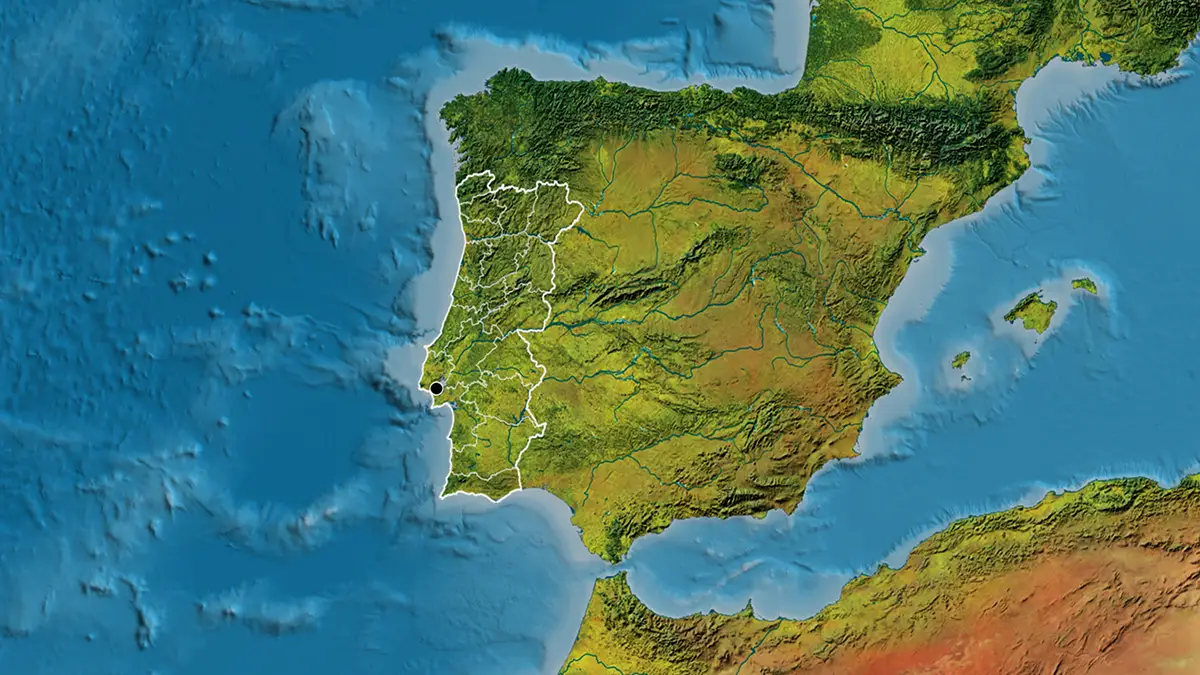
3. Portugal’s Capital was once not in Portugal
Portugal has had its fair share of capitals. Guimarães can be technically considered Portugal’s first and founding capital, though this goes back to a time before independence. Afterward, Portugal’s first King, Afonso Henriques, elevated the city of Coimbra to Portugal’s capital in 1131. Another curiosity is that Coimbra, technically, is still Portugal’s capital. The title officially belongs to Lisbon, but Coimbra is the only city to have ever a document formally recognising it as the country’s capital, signed by King Afonso Henriques himself. There has never been any other document transferring the capital to Lisbon – so you wouldn’t be wrong to say Coimbra is Portugal’s capital.
The Azorean city of Angra do Heroísmo, located on the island of Terceira, also served as the capital seat for two Portuguese monarchs: António, Prior do Crato, and Maria II.
The other capital that was not in Portugal – though, technically, it was Portugal – was in Rio de Janeiro, as Brazil, before obtaining independence, was Portuguese territory. Back then, the capital could be considered any city where the Royal Family resided was considered the capital, which occurred after the Royal Family fled to Brazil after the French invasions in Portugal.
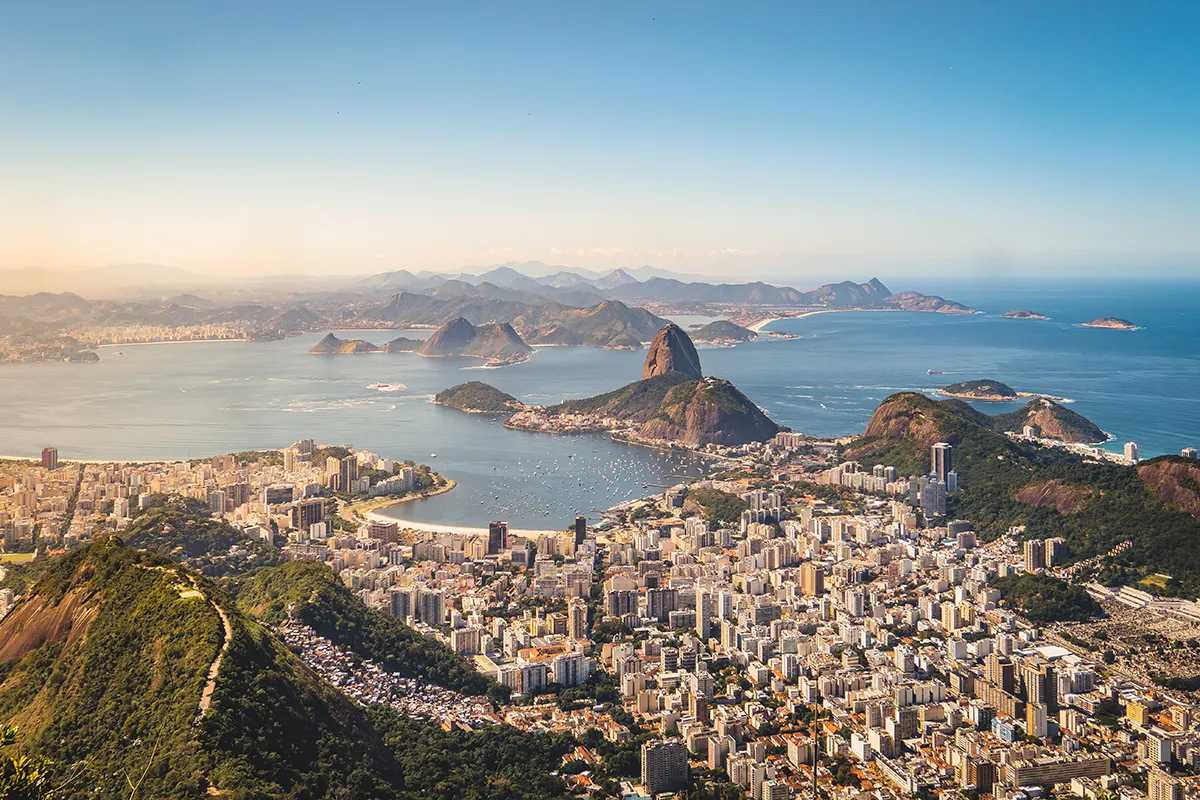
4. One of Portugal’s National Dishes is not... Portuguese?
If you ask any Portuguese native about typical national dishes, any variation of Bacalhau (Codfish) will inevitably come up. Whether it’s cooked À Brás, com Natas, à Gomes de Sá, à Lagareiro, à Minhota, Espiritual, or any of the other countless regional variations, Bacalhau is a staple of Portuguese cuisine and the go-to Christmas’ Eve dinner. Seriously, Portugal is the world’s largest consumer of cod at around 20%, while its population is only around 10 to 11 million.
The omnipresence Bacalhau has would have anyone believe the fish is caught on the Portuguese coast, but it isn’t. Mind you – the recipes and the several ways of cooking Bacalhau are Portuguese but the fish itself is not. Bacalhau is caught from much colder, northern waters and is imported primarily from Norway.
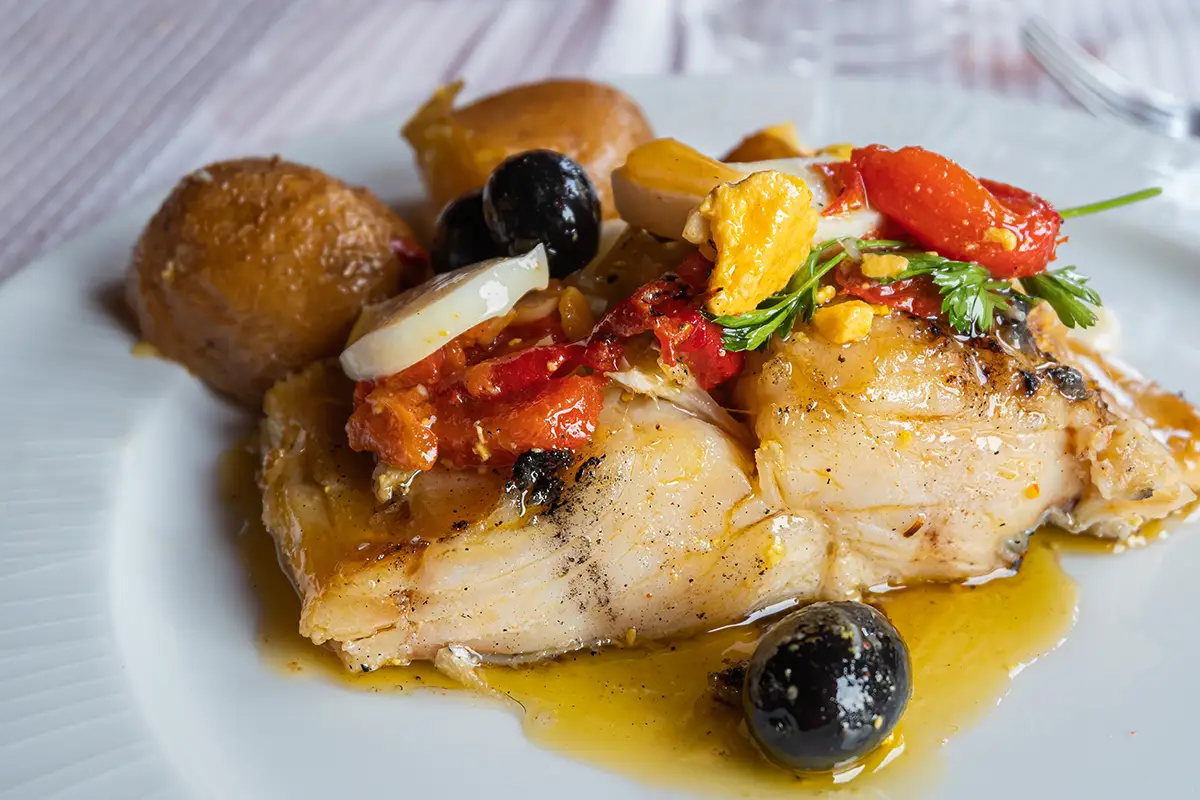
5. Portugal is both a European and an American Country
If there is any sight to behold in Portugal, it is Cabo da Roca, near the town of Sintra and the capital city of Lisbon. The breathtaking views of the vast Atlantic Ocean stretching far beyond what the eye can see are worth the visit alone. A pillar of stone stands in this promontory with a quote by famous Portuguese poet and author of the epic “Lusíadas", Luís de Camões, that says: “Where the land ends and the sea begins.” Alongside this quote, there is a message, informing Cabo da Roca is the westernmost point of Continental Europe.
While Portugal holds the title, did you know that Portugal is also a North American country? This will depend on the definitions at hand, but the Monchique Islet, belonging to the Portuguese archipelago of the Azores, lies on the North American plate, technically making Portugal an American country.
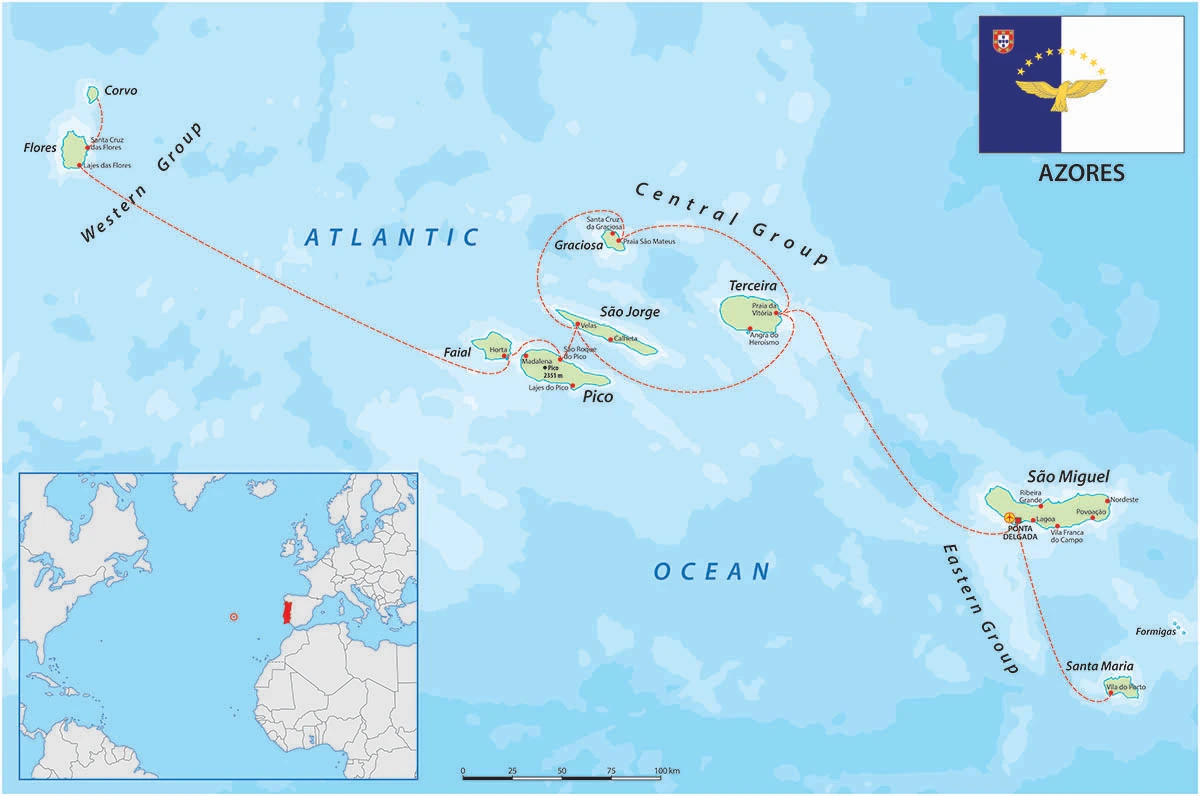
6. You Can Visit a Serial Killer’s Head in Portugal
No, that is not a typo. Ever fancied just seeing a head detached from a body? You can in Portugal. Criminal documentary aficionados will especially love this one. In the 19th century, Portugal had its own Jack the Ripper, a serial killer by the name of Diogo Alves, who terrorised the streets of Lisbon and is believed to have killed more than 100 people. Diogo Alves preferred modus operandi involved throwing people off the Lisbon Aqueduct, a fall of more than 200 feet. He would later on be caught and sentenced to death by hanging – one of the last in Portugal.
The truly fascinating part is that, in the name of science and medicine, his body was handed over to researchers who placed his head in formaldehyde with the intent to investigate what could possibly lead someone to commit such atrocities. His head has been preserved for almost 200 years. You can contemplate the look of the serial killer by visiting the Teatro Anatómico, which is part of the Lisbon University’s School of Medicine.
7. A Dead Woman Once Became Queen of Portugal
Have you ever loved someone so dearly that after their death you exhumed their body and forced your subjects to recognise the corpse as their Queen, to respect her in death unlike they did in life? All right – fine, this is disputed as “fact,” as there is no evidence this event actually occurred, but it has been largely popularised and enshrined in Portuguese culture and mythology due to various paintings and stories surrounding this tragic story.
However, King Pedro I of Portugal did have an intense love affair with a Galician noblewoman, Inês de Castro, who was assassinated by killers sent by Pedro’s own father, Afonso IV of Portugal. While the fateful episode is contested from taking place, and just existing in the Portuguese imaginarium, Inês de Castro was posthumously declared as Queen of Portugal by Pedro I of Portugal, since he confirmed they had wedded in a secret ceremony. Quinta das Lágrimas, in Coimbra, in the central region of Portugal, is heavily associated with the story and worth the visit.
8. Portugal has Remarkably Long and Small Bridges
Portugal sports one of Europe’s longest bridges – the Vasco da Gama bridge – at over 40,000 feet, and the longest in the European Union. This bridge spans the entirety of the Tagus River, connecting Lisbon’s eastern side – Parque das Nações - with the Setúbal district. Its construction started in 1995 and was completed in 1998, just in time for the 98’ World Expo Fair.
Coincidentally, the smallest international bridge can also be found in Portugal. Half of it, anyway. Located in Esperança, in the deep heart of the Alentejo region, this bridge of a little over 10 feet connects both Portugal and Spain.
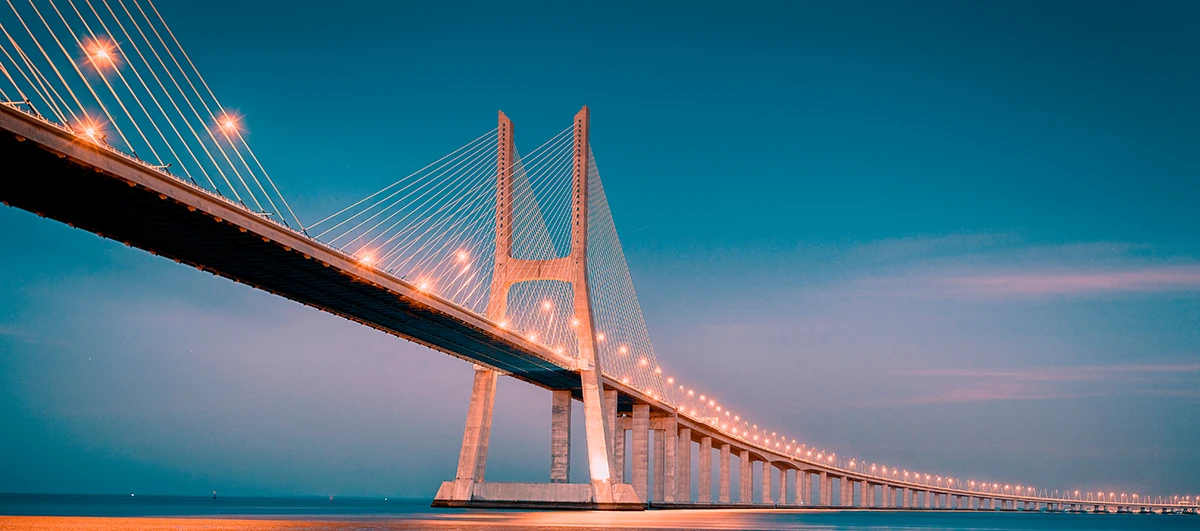
9. Portugal Once Owned Half of the World – Technically
At one point in history, Portugal “owned” half of the world beyond Europe, while Spain held the other half. In 1494, as the Age of Discoveries ran rampant, Portugal and Spain agreed to divide unexplored lands outside of the continent between themselves.
Portugal would be entitled to colonise the uncharted territory to the East, while Spain got the West. The Treaty of Tordesillas established a demarcation line running from the North to the South Pole, about 370 leagues to the west of the Cape Verde islands. The other side of the world would later be divided accordingly with the Treaty of Zaragoza, signed in 1529, marking the antemeridian as the line of demarcation. Despite papal sanction, this treaty was, of course, not respected by anyone else other than Portugal and Spain.
10. Portugal had one of the Longest Empires in Europe
Did you know the Portuguese Empire almost entered the 21st century? Though Portugal may not be the first country you think of when it comes to an Empire, it had one of the largest and longest running in Europe. It started with the conquest of Ceuta right at the beginning of the 15th century.
This fact comes up if you consider the fact that Portugal’s last colonial overseas territory – Macau – only left Portugal’s stewardship in 1999, when its sovereignty was transferred to China, effectively ending the Portuguese Empire. Overall, it spanned almost 5 centuries.
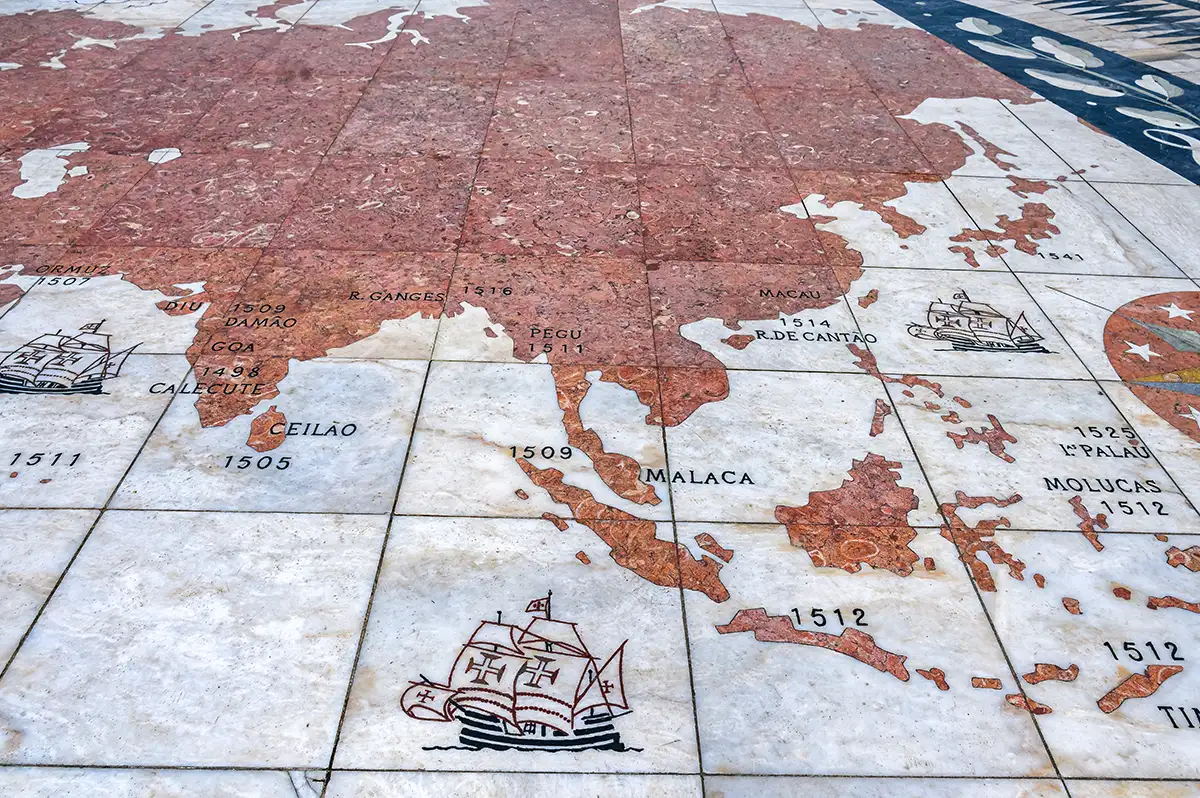
11. Portuguese is the Official Language in 9 Countries
Considering Portugal’s expansive colonial reach, it may or may not be surprising to learn the fact that Portuguese is one of most spoken languages in the world, and the officially recognised language of Portugal, Brazil, Angola, Cape Verde, São Tomé e Príncipe, Mozambique, East Timor, Guinea-Bissau, and Equatorial Guinea.
Current estimates place Portuguese as one of the most spoken languages in the world, with 250 to 255 million speakers, both native and as a second language. Brazil, a former Portuguese colony, alone carries out most of this number, making Portuguese the most spoken language in the Southern Hemisphere with 215 million native speakers.
12. Portugal played an Important Role in the Independence of the United States – Sort Of
One of the most pivotal moments in U.S. history was the Declaration of Independence, signed during the Continental Congress on July 4th, 1776. But what if we told you Portugal was there? Or rather, Portuguese wine was. After signing, the Founding Fathers celebrated the monumental event with wine from Madeira.
Portugal may be better known for its Port wine, but Madeira wine was the predilect choice between them, to the point that it became somewhat of a tradition that Madeira wine was the drink of choice in celebration of other key events, like the signing of the Constitution and the Louisiana Purchase.
13. Portugal? More like Cork-ugal
If you own anything that is made from cork, chances are it probably came from Portugal. This small southern European country is responsible for over 60% of the world’s production of cork – its forest spans roughly about 2 million acres, more than one third of the total cork trees in the world. Isn’t that fascinating?
The abundance of cork from Portugal has inspired many creatives, including a whole new approach to artistry, with portraits of people and landscapes made with cork. You can find anything made from cork in Portugal – even shoes and wallets. Portuguese cork is also in outer space, with it being supplied as an insulation material for the European Space Agency.
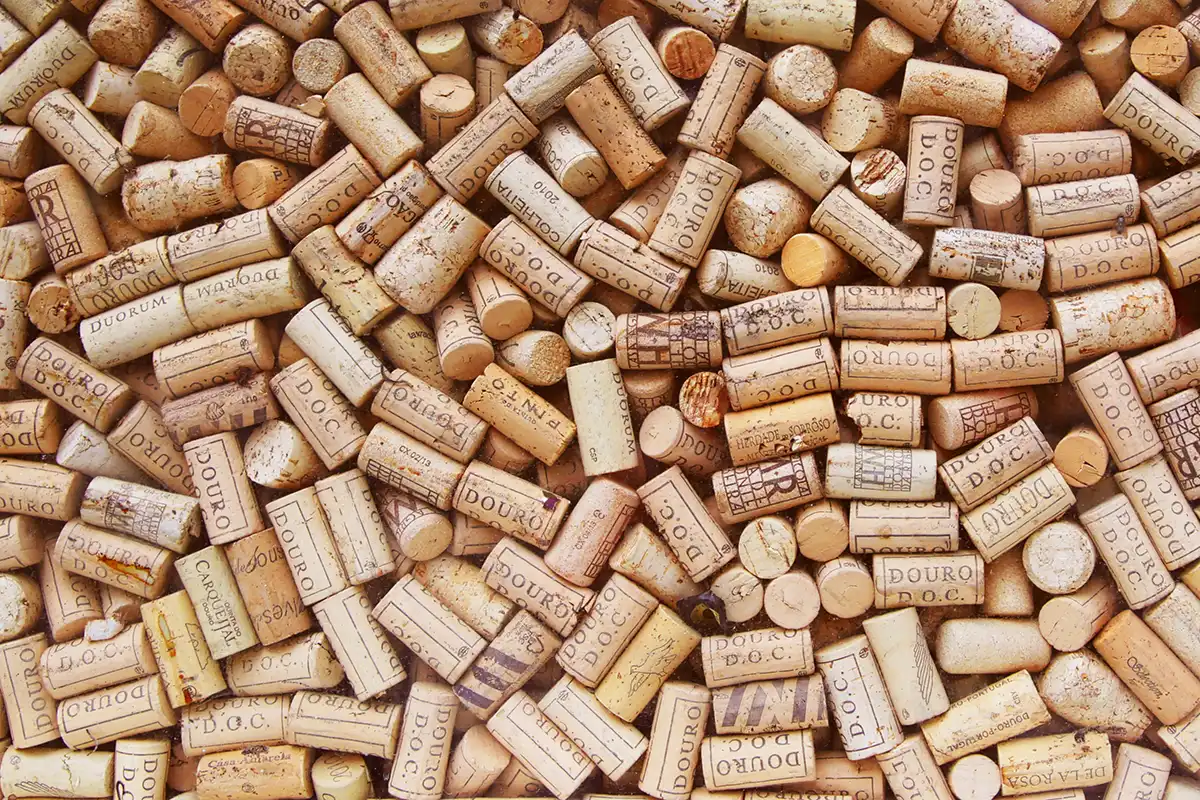
14. Portugal has Two National Languages
If you think Portuguese is the only language in Portugal, you’d be both wrong and right. Portuguese is the country’s only official language, and if you ask most Portuguese people, they’d tell you the same thing. However, there is a Portuguese dialect that is distinct enough to be considered its own language.
Mirandês has its own syntax, morphology and phonology, and can be described as a mix of Portuguese and Galician. Mirandês is not officially recognised, but it is considered a national language that is duly protected by the Institute of the Mirandese Language. However, don’t bother learning it. It’s virtually a dead language, with a small percentage of speakers – around 15,000, mostly from older generations, and in only a few secluded northern regions of Portugal. Despite the cultural recognition, Mirandês doesn’t have any actual real impact in Portugal.
15. The Portuguese Pavement - Calçada Portuguesa – exists because of a Rhino
If you take a closer look at the imposing Belém Tower, you will find some peculiar details, like, for instance, a rhino facing the Tagus River. This is no random decoration – that Rhino has a name, and it is called Ganga. During the Age of Discovery, Afonso de Albuquerque, the Portuguese Viceroy in India, wanted to build a fortress in Diu. He asked King Modofar for his permission, who refused, but since he appreciated the request, he gifted Afonso and the Kingdom of Portugal a Rhino – Ganga.
When Ganga arrived at Portuguese territory, it drew an astounding amount of attention, becoming quite a unique attraction of its own – it had been the first time since a rhino had been in European territory since the 3rd century.
King Manuel I, who wanted to parade Ganga in a celebration for his birthday, quickly realised it would further dirty the streets, since the January rains did not forgive, and the Lisbon streets became extremely muddy. To avoid all this, the King ordered the first streets to be paved to prevent Ganga from causing a mess.
Almost 300 years later, the first orders to start to fully pave Lisbon would be carried out – and the iconic Portuguese imagery would never be the same had it not been for a rhino in the 16th century.
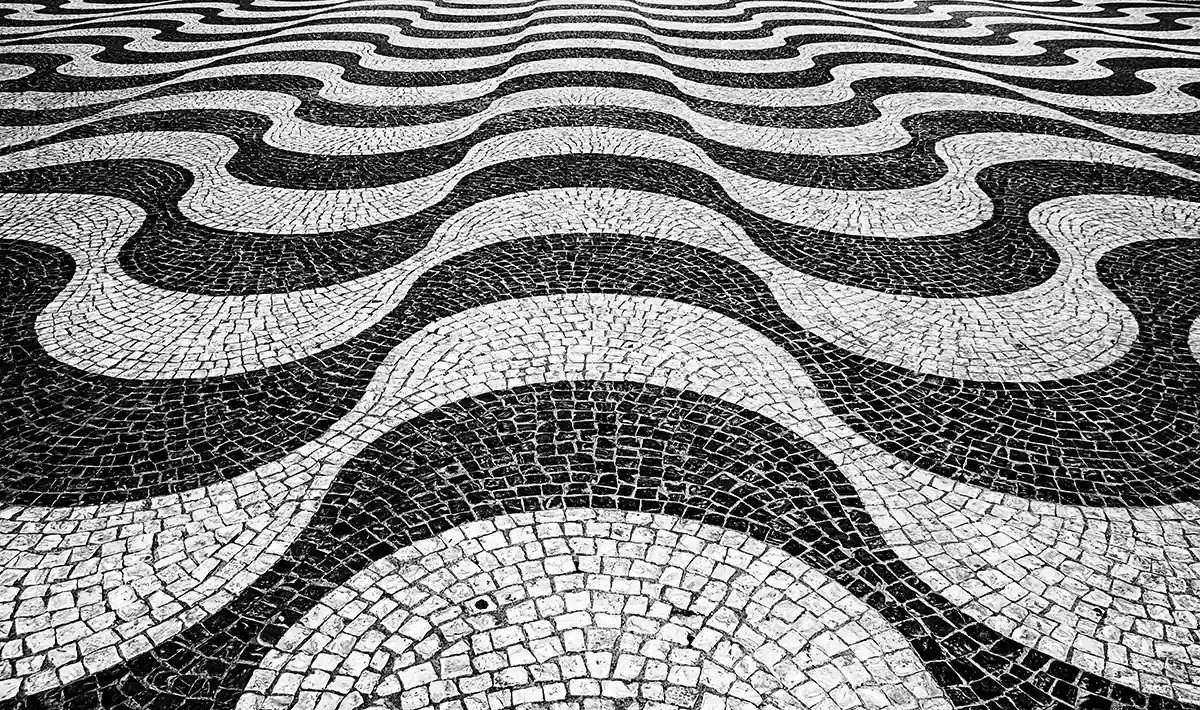
16. Portugal is one of the Sunniest Places in Europe
Portugal may not be the first country to come to mind when you think of Sun and Europe put together. But as a Southern European country, Portugal has enough sunlight to rival both Spain and Italy. On average, Portugal registers anywhere between 2800 to 3000 hours of sunlight every year. The sun shines brightest in the hot summer months, especially in July, registering on average about 352 hours of sunshine. August comes second at 350 hours, promising the best summer getaway to get an even tan.
Winter is even pleasant and mild in Portugal, with plenty of sunlight to go around. Temperatures rarely fall below 10ºC (50ºF), and you may even need sunglasses during the darkest December days when the least amount of sunlight is registered – about 150 hours on average.
17. The World’s Oldest Book Shop can be found in Lisbon, Portugal
The world’s oldest, continually running book shop can be found in Lisbon, Portugal, in the Chiado district. This bookshop, Livraria Bertrand, was founded in 1732 and has been in operation for almost 300 years. To put things in perspective, this book shop is older than the United States, isn’t that fascinating? It also holds the certificate from the Guinness Book of Records to prove it.
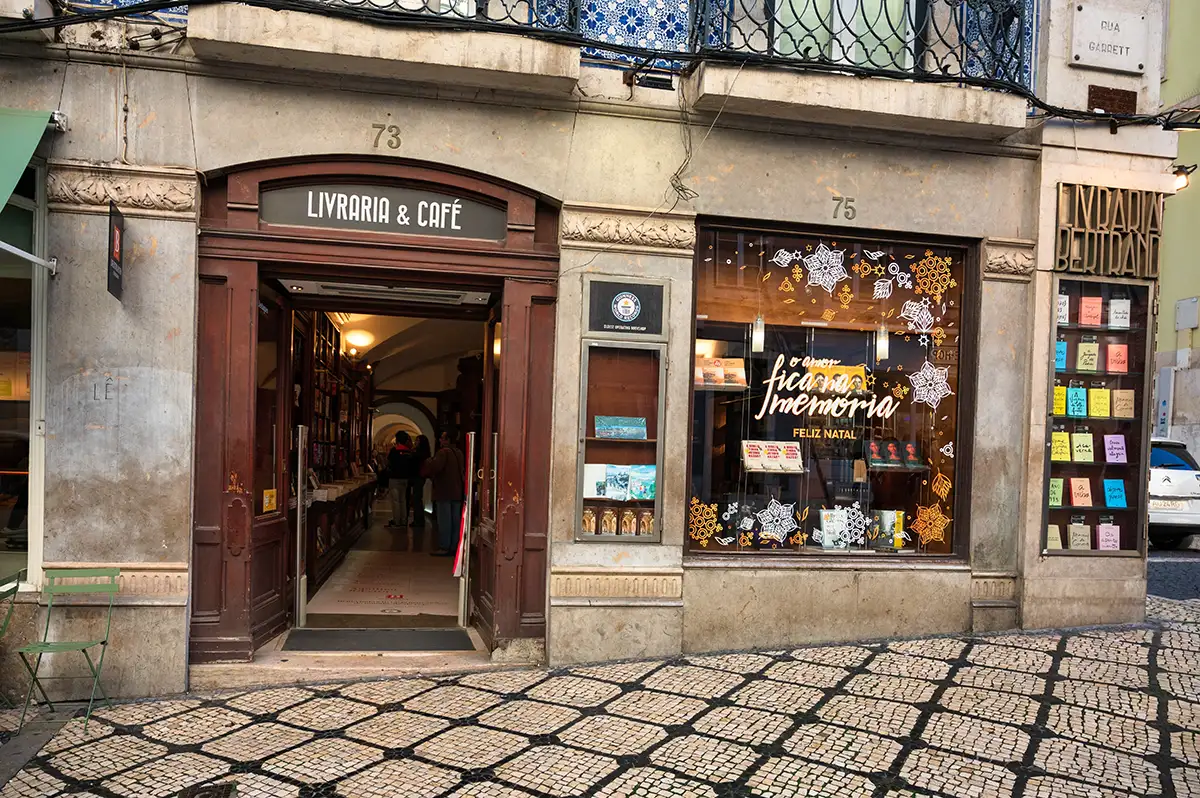
18. Portugal is one of the Safest and Most Peaceful Countries in the World
Life is serene and peaceful in Portugal, and while some Portuguese cities may have their share of less-than-desirable activities, as many other cities of the world do, the country is one of the most peaceful in the world.
In 2023, the Global Peace Index, which is a report conducted by the Institute for Economics and Peace, determined that Portugal is one of the safest countries in the world. Using a variety of indicators to assess a country’s levels of peacefulness and safety, including the levels of societal safety and security and the ongoing domestic and international conflicts, the Index ranked Portugal in the 7th place – ahead of several other European countries, like France, Germany, and the United Kingdom.
19. The Portuguese capital, Lisbon, is older than Rome, London, Paris, or Madrid
When you think of the oldest cities in Europe, Rome may inevitably come up. However, it is not the Italian capital that holds the distinction. Well, it isn’t Lisbon either. But it may be interesting and surprising to find out that Lisbon is older than many other distinguished European cities, like London, Paris, or Madrid.
While Rome is known for birthing the Roman Empire, this only occurred around 753 BCE. The current territory that is now Lisbon is estimated to have been settled circa 1200 BCE by the Phoenicians.
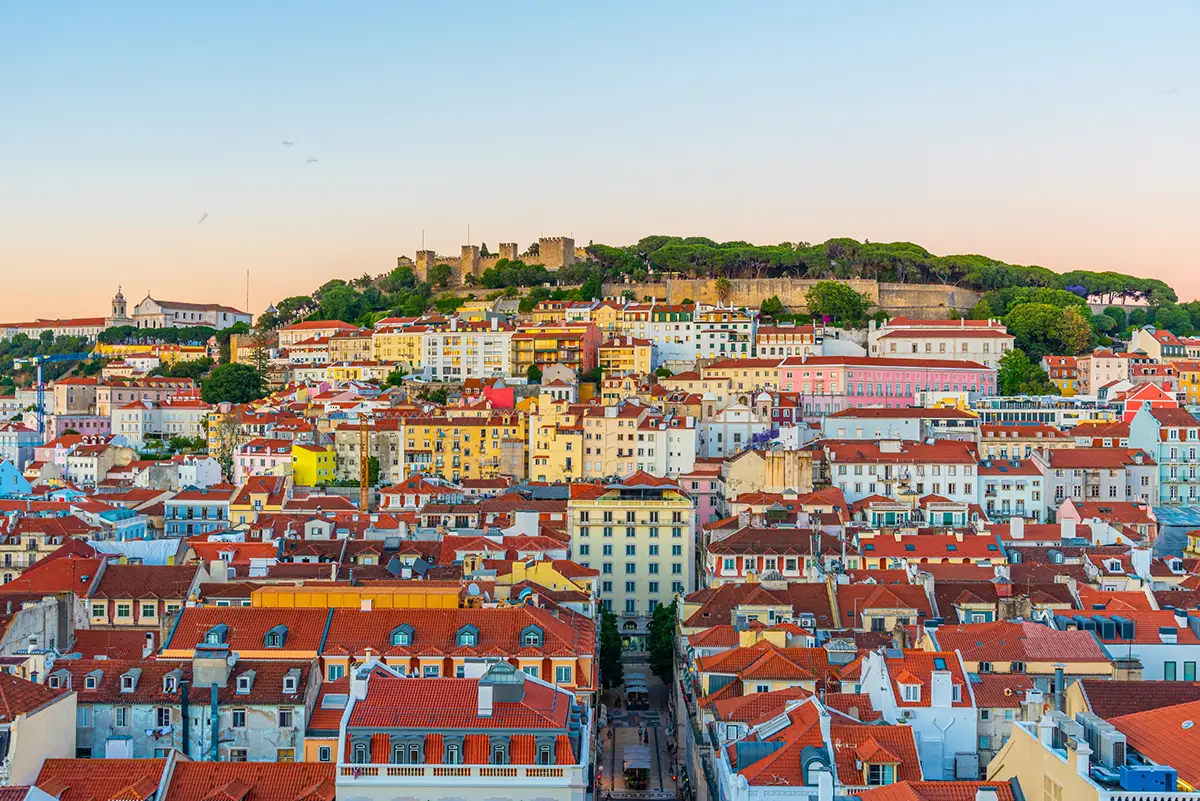
20. Portugal only has 1 National Park
Considering Portugal’s smaller size, this one may not be altogether surprising, but it is a fascinating fact nonetheless. The honour of Portugal’s only National Park goes to Peneda-Gerês, a vast swathe of protected, raw nature in all its glory with a biosphere of its own that stretches beyond Portugal and into Spain. It is the home to countless fauna and flora species, waterfalls, hiking trails and the perfect place for getting in touch with your inner self and with nature.
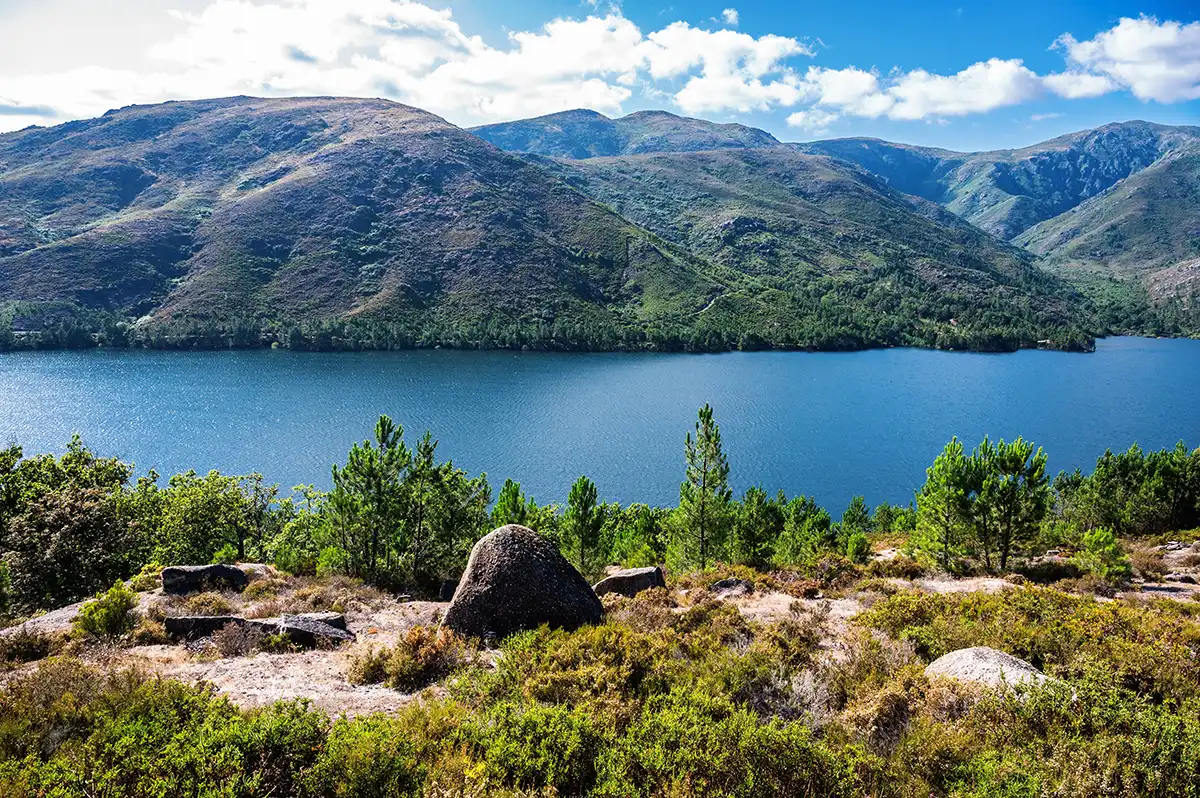
21. English is Portugal’s Unofficial Language
While English isn’t recognised in any capacity in Portugal as an official language, it can be fondly classified as a sort of unofficial language, due to the staggering amount of English as a Second Language speakers. English is taught in Portuguese schools as early as 8 to 9 years of age, and while Portugal produces its own media content, the Portuguese mostly consume international content from the United States and the United Kingdom completely subtitled – leading to major levels in English proficiency among its natives.
Education First’s English Proficiency Index puts Portugal as the 8th Most English Proficient country, classifying Portugal as “very high proficiency” in the English language.
22. Coffee in Portugal is Synonym with 1 Specific Drink
The Portuguese are very conservative when it comes to coffee. An amusing thing is that only one type of caffeinated drink is typically considered “the” coffee in Portugal, and that is the Espresso. It may be often called bica in the Lisbon area, or cimbalino in the Porto area, though the latter is much more infrequently used, and not everyone will know its meaning.
Any other drinks that contain caffeine, like a latte or a cappuccino, are typically considered drinks of their own, and while they are common enough in Portugal, shops may not always sell them.
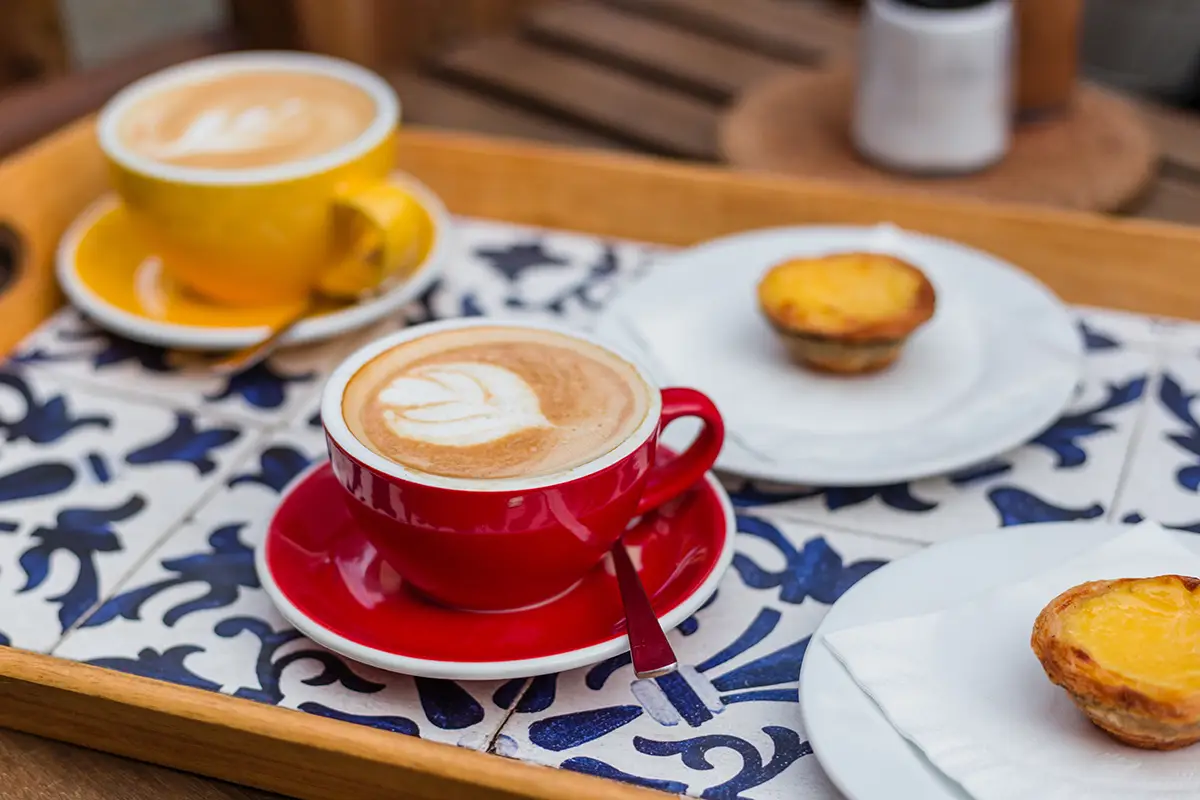
23. Portugal is an Expat Haven
More and more expats choose Portugal every year. According to the latest information provided by Statistics Portugal (INE – the National Institute for Statistics), Portugal has a population of 10,4 million inhabitants.
Out of this universe, more than 1 million are foreign nationals, which means more than 10% of the population are foreign-born residents. This truly exemplifies how much Portugal has captured the hearts of expats, who have chosen to make this Southern European country their second residency and home.
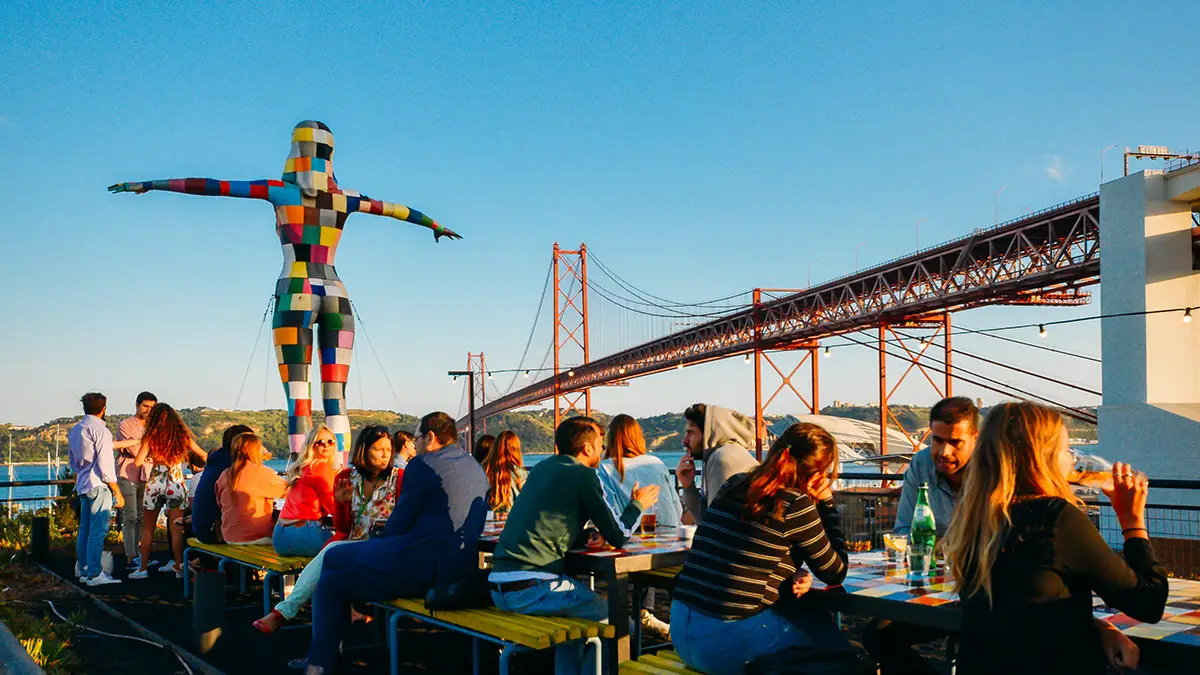
24. Portugal has Almost 400 Beaches with Blue Flags
If you ever find yourself strolling the shores of a Portuguese beach, enjoying dipping your feet in the water, you may come across coloured flags. There are red flags, which means swimming or diving is ill-advised, as the sea is dangerous right now. Yellow flags permit entry into the water but advise to keep an eye out, as the sea may be unpredictable. Green flags allow entry into the sea for fun, swimming, and diving.
You may notice there are also blue flags on Portugal beaches. You may even realise there are several of them throughout the country. The blue flag is a certificate given by the Foundation for Environmental Education (FEE), a non-governmental organisation, awarding beaches with high standards of quality, safety, environmental education, information, and management. In Portugal, 394 beaches carry the blue flag.
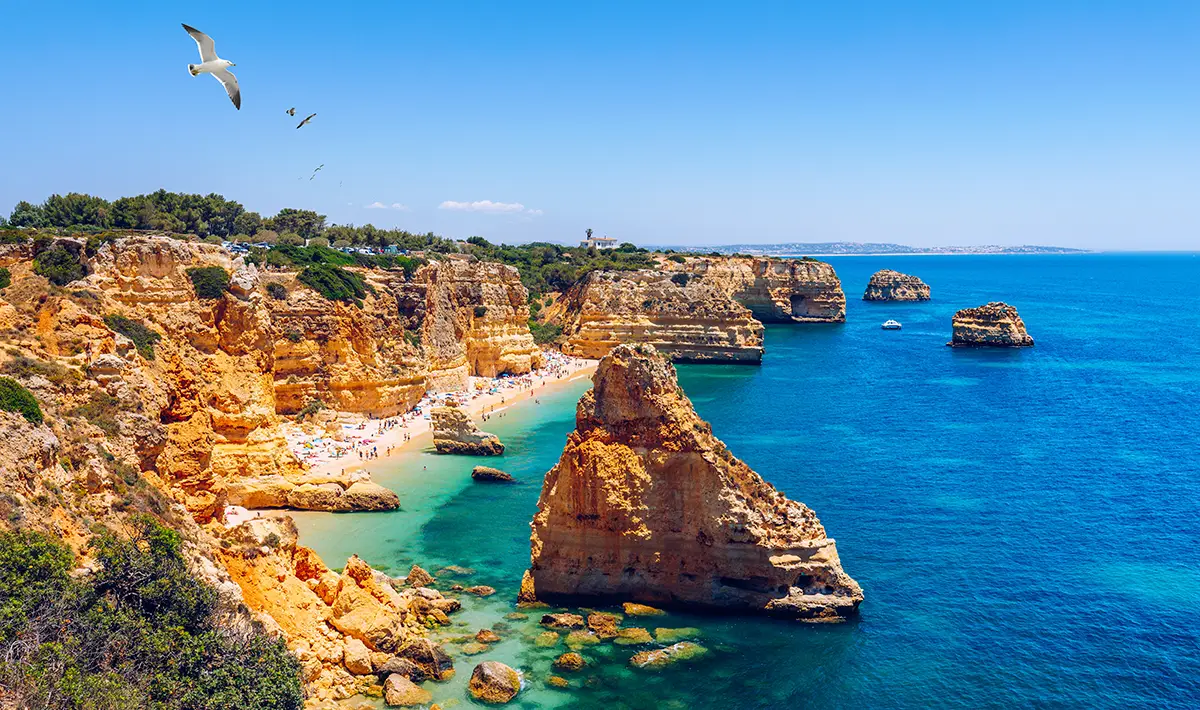
25. ATM is Multibanco (MB)
ATMs in Portugal will frequently have an “MB” logo on them. That is because “MB” standing for Multibanco is a Portuguese brand and is the de facto way of referring to an ATM in Portugal. There are out ATM brands in Portugal, but you will most likely only find them in Lisbon, Porto, or the Algarve.
MB ATMs have completely revolutionised the banking systems and industry in Portugal. Besides general banking features, MB is so integrated with the Portuguese daily life, that it is even possible to pay government taxes and even charge your own transportation card on a MB ATM machine.

Read more:
20 Most Beautiful Places in Portugal
Portugal Travel: How to get around Portugal?
Retiring in Portugal - What do you need to know?





